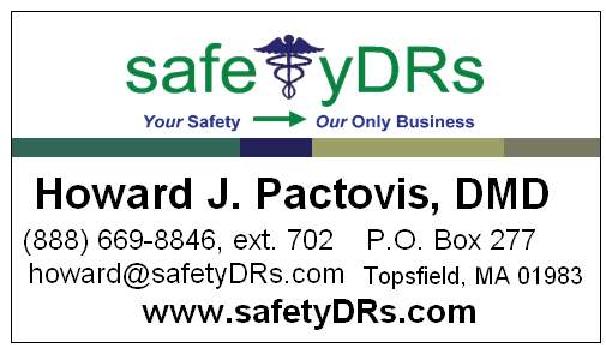 SafetyDRs would like to reminded employers that beginning Feb. 1, they must post a summary of the total number of job-related injuries and illnesses that occurred during 2007. Employers are only required to post OSHA Form 300A (summary), not the OSHA 300 log.
SafetyDRs would like to reminded employers that beginning Feb. 1, they must post a summary of the total number of job-related injuries and illnesses that occurred during 2007. Employers are only required to post OSHA Form 300A (summary), not the OSHA 300 log. The summary must be posted from Feb. 1 to April 30, 2008. The summary must list the total number of job-related injuries and illnesses that occurred in 2007 and were logged on the OSHA 300 form. Information about the annual average number of employees and total hours worked during the calendar year is also required to assist in calculating incidence rates. Companies with no recordable injuries or illnesses in 2007 must post the form with zeroes on the total line. All summaries must be certified by a company executive.
The form is to be displayed in a common area wherever notices to employees are usually posted. Employers with ten or fewer employees and employers in certain industry groups are normally exempt from federal OSHA injury and illness recordkeeping and posting requirements.
Copies of the OSHA Forms 300 and 300A are available on the OSHA Recordkeeping Web page in either Adobe PDF or Microsoft Excel Spreadsheet format.



